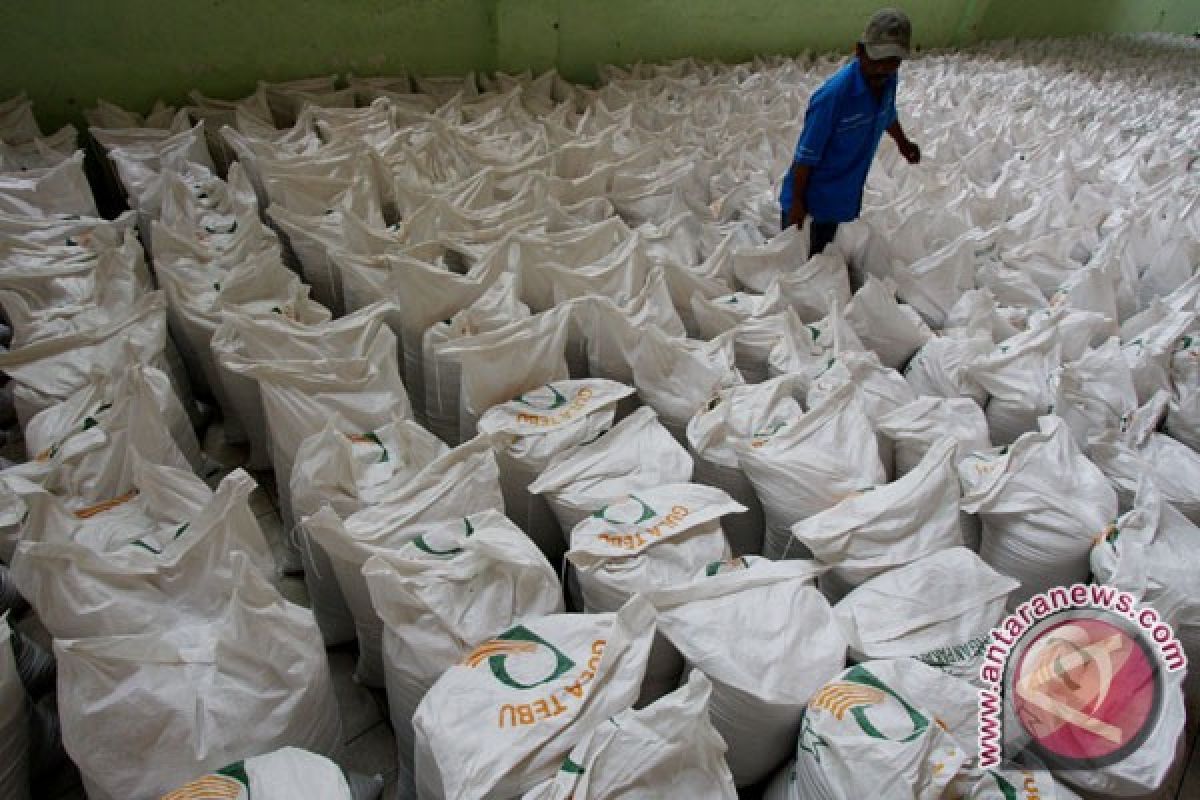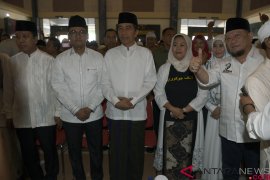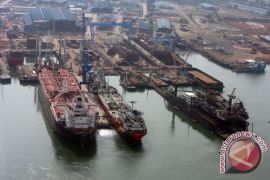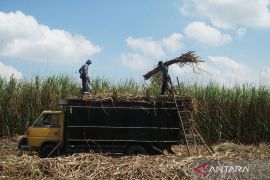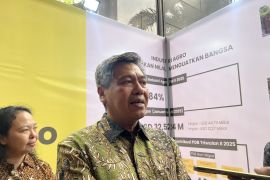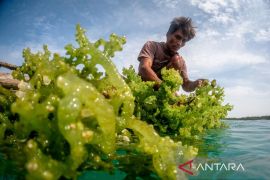Madura currently has 1,500 hectares of sugarcane plantations. This year we hope to increase it by 4,000 hectares...Jakarta (ANTARA News) - Known for a long time as a salt-producing area in Indonesia, the island of Madura in East Java province is now set to become the largest sugar-producing center in the country.
For Indonesians, Madura is known as the island of salt. Early last year, the local government planned to set up a salt institute in Pamekasan district.
Researcher at the Marine Study Center at Trunojoyo University in Bangkalan, Moh Mahfud said the institute would be set up in cooperation with the university to function as a national salt research center.
He said the government has identified a four-hectare plot of land for setting up the salt institute to increase salt production on Madura island, particularly in the Pamekasan district.
The company PT Garam, headquartered in Surabaya, which is the capital of East Java province, is the only state-owned firm producing and marketing salt.
The company has 5.7 thousand hectares of land in the districts of Sumenep, Pamekasan and Sampang on Madura island, used for salt production. In addition, the island is set to become the largest sugar-producing center in Indonesia.
"Madura is known as a salt-producing area, but now, it has greater economic prospects in becoming the largest sugar-producing center in the country," Indonesian Sugarcane Plantation Research Center (P3GI) spokesman Aris Toharisman said in Surabaya on Monday.
Aris noted that a recent study has indicated that Madura island has 250 thousand hectares that can be used for sugarcane plantation and to construct 10 new sugar factories, each with a capacity of milling 10 thousand tons of sugarcane per day.
"Today, there are around 200 thousand hectares of sugarcane plantation in East Java with 31 factories capable of producing 1.2 million tons of sugar per year," he said.
He added that Madura can become an industrial sugar center. The sugar mills can be integrated with a sugarcane-based industrial complex producing bio-ethanol, electricity, paper, organic fertilizers, animal feed and other commercial products.
According to him, the integration can be achieved on Madura Island because the average milling capacity of each sugar mill in Java is only 3.5 thousand tons of sugarcane per day, which is not enough to meet the sugar demand.
"Madura currently has 1,500 hectares of sugarcane plantations. This year we hope to increase it by 4,000 hectares because it is supported by the land development program and the State Budget funds," Aris said.
He pointed out that a new sugar mill will be built in Madura in 2016, and the sugarcane plantation area is predicted to increase by 10 thousand hectares.
In an effort to tap the sugarcane potential in Madura, sugar producing company PT Perkebunan Negara X (PTPN X) plans to build an integrated sugar mill in 2014.
The Companys President Director Sudibyo was quoted by the Jakarta Globe as saying that PTPN X is also expanding the area under sugar plantation in Madura to 3.5 thousand hectares over the next two years.
He noted that after the plantation area reaches 3,500 hectares, the company will start building a sugar processing plant with a production capacity of 6,000 metric tons per day.
According to him, the plant will also produce bio-ethanol which can be used as a fuel additive, organic fertilizers derived from sugarcane waste and 25 megawatts of electricity.
Compared to Java islands potential of sugarcane plantation, Madura is more promising because it has adequate infrastructure support such as roads, ports, electricity, communication lines and the Surabaya-Madura (Suramadu) bridge.
Extending 5.4 kilometers over the narrow strait of Madura, the Suramadu bridge is the longest in Indonesia and connects the islands of Madura and Java. It is a combination of three types of bridges, with overall length of 5.4 thousand meters with a width of approximately 30 meters.
This two-way, eight-lane bridge, each lane being 3.5 meters wide, has two 2.75-meter-wide emergency lanes also. It also has a special outer lane for motorists on either side, the Flyover Causeway Road overpass or a bridge that connects the road through shallow waters on both sides. This flyover has 36 spans over 1.4 thousand meters on the side of Surabaya and 45 spans over 1.8 thousand meters on the side of Madura.
A magnificent island with so much to offer, Madura has great potential to become a tourist hub in the coming years. It has great roads, most of them being renovated for a smoother ride and for investors to turn the island into the largest sugar-producing center in Indonesia.
(O001/INE)
Reporter: Otniel T
Editor: Ella Syafputri
Copyright © ANTARA 2014
